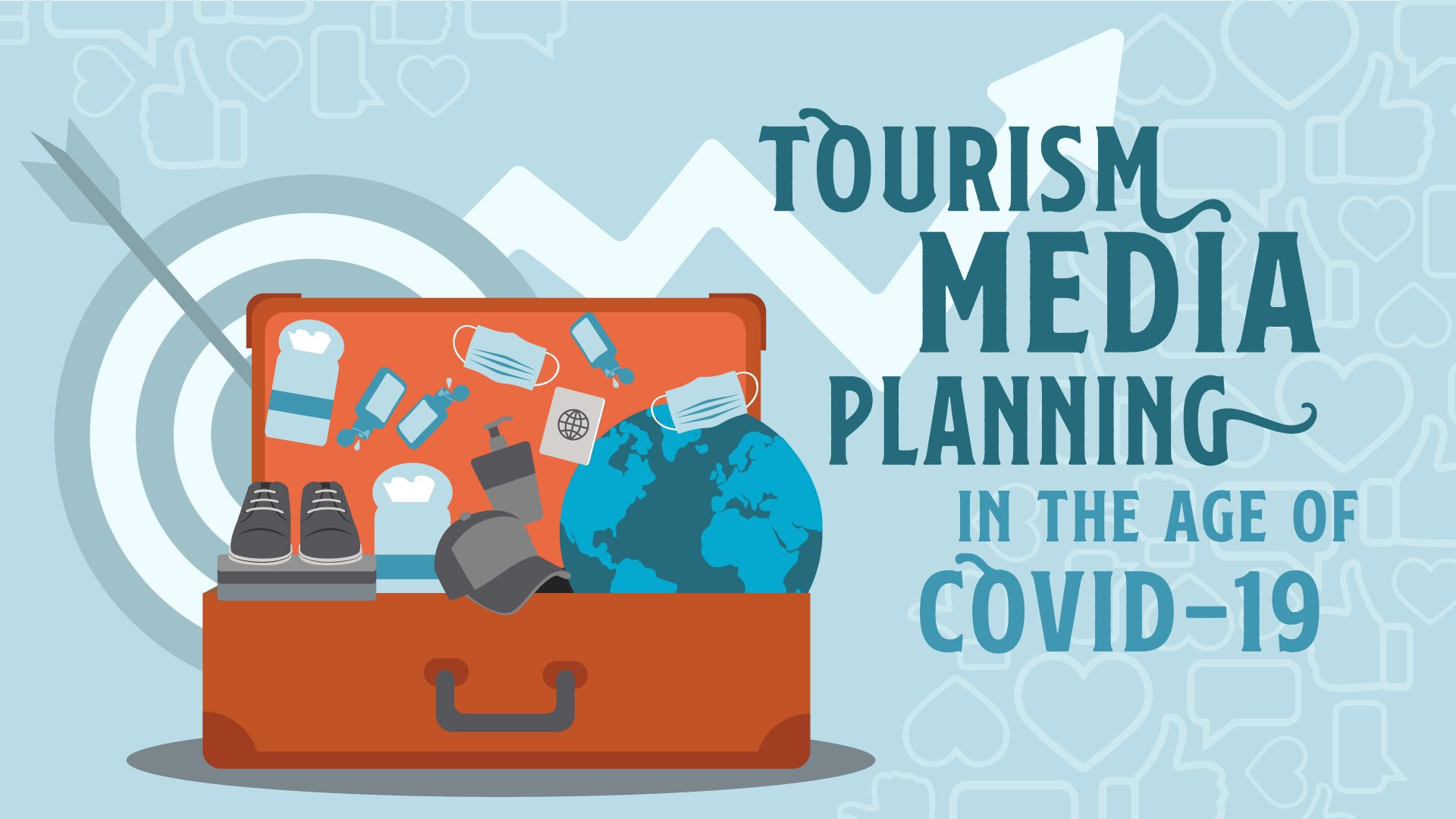
Tourism Media Planning In The Age Of Covid-19
These past months have reminded us that sometimes we need to drop our analytical pencils and start fresh. The sources that led our clients’ visitor performance this prior year may not be who, how and where they derive their greatest strength in the coming seasons.
For our tourism clients that are on a 12-month fiscal calendar that runs from July of the current year through June of the following year, this is normally the time we would be reviewing the results of the last fiscal FY20, drawing insights and making decisions on FY21 based on those insights. We would review historical performance by geographic areas, target audiences, media tactics and competitive activity and use these cumulative trends to tell a story about what was working and what was not working in our fiscal plan. Building upon the successes of our previous optimizations would normally guide our decisions into the coming year.
Today is different. COVID-19 has significantly affected the world, our nation and traveler mindsets. Therefore, our planning process must now be different. Tending to recent data will sharpen our analytical pencils far more than a whole year of historical data would have done previously. Here’s what you should consider as it relates to targeting future travelers:
While public transportation may have once influenced your top feeder markets, travelers who preferred flying will now be driving. In addition, many who preferred to go international will now be traveling domestically. Is the consumer shift to road trips affecting your source markets? Site analytics tools such as Google Analytics are a helpful resource to watch where your organic search traffic is coming from on your website. Organic search traffic is more likely to signal where interest exists naturally compared to other traffic sources that paid media ads are more likely to control.
Several travelers who would have normally taken a trip in March-July and now considering venturing out this July-September. Despite the pent up itch to travel, refilling the vacation funds jar takes time as does refilling the trust jar. This means that, while summer and fall were once separate seasons usually with different visitor profiles, travel expectations for summer and fall are now blurred. Resist the urge to use your typical audience sets for the fall season. Observations of summer behavior may signal opportunities for fall.
The virus impacted all ages and incomes. Rather than target middle and higher-income adults in an effort to attract those with the ability to spend disposable income on travel, assume your demographic data is now irrelevant and outdated. First, start with advertising to your most loyal audiences including your social followers, social engagers and site visitors. Second, in digital media, use online and offline targeting data that leads you to individuals with interests that align with your destination offerings and with behaviors signaling they are looking for travel inspiration. Interest-based data transcends age, income, employment and ethnicity and leads us to the most relevant prospects who are showing interest in our destination’s offerings. Lastly, if funds allow, open up to media that allows you to reach all adults in a tight proximity of neighboring drive market(s).
As you look to the months ahead, it is important that destination marketers plan for the unplanned. Accepting that your historical data may have just been flipped upside down and opening up your analytics to a new story will set your marketing efforts up for success.
Need help navigating the paid media space during and post-pandemic? Hoffman York is a full-service advertising and marketing communications agency with experience helping clients succeed. HY provides award-winning creative solutions, paid media, content creation and public relations, as well as research and analytics. To learn more about how HY can help your brand succeed, contact us at ROI@hoffmanyork.com. Or, click here to see a gallery of our work.